Interview with Elisa Rouhiainen, VP Sales, EMEA, IDENTEC SOLUTIONS
THE TREE OF TECHNOLOGY
by Przemysław Myszka
The transport business can come across as a mixed bag. On the one hand, newsfeeds speak of all sorts of shining new tech that will transform the industry into something known from sci-fi movies. On the other, it is still a labour-intensive sector, with a lot of foot- and paperwork. We are talking with IDENTEC SOLUTIONS’ Elisa Rouhiainen about where we are with digitalisation, especially in container operations, and how stepby-step improvements can bring about big gains in productivity and, likewise, safety. Also, we confront the monster of waste and its many a shade, something that will require tech-courage.
Could you introduce yourself and how you started working for IDENTEC SOLUTIONS?
I have been with the container terminal industry for 20+ years. After finishing my master’s thesis on automation in container handling at the Tampere University of Technology, I started working for Kalmar. I have been with IDENTEC SOLUTIONS for two years now, so (almost) all the time within this familiar customer space. After working for Navis nearly seven years, I worked for a little while in healthcare, but apparently, I’m drawn to the transport industry, in particular the automation part of it. I joined IDENTEC because I genuinely believe our products & services bring value to clients. The sector in itself is very international but, above all, meaningful. It is a bit of a shame that the public eye sees transport & logistics when something goes wrong, like a container ship wedging into the side
of the Suez Canal. Nowadays, global trade is under scrutiny, given all the political turmoil. But we know better – that shipping & ports make the world go round. With its solutions, IDENTEC is part of that puzzle.
When one enters your company’s website, there’s a big sign: “Waste: the killer of productivity. We call it MUDA.” What is MUDA in detail?
It is a Japanese term for wastefulness (無駄), be it time, money, effort, malfunctioning equipment, sub-optimal processes, injury, etc. MUDA is anything that doesn’t smartly contribute to the outcome. We at IDENTEC are trying to reduce that waste to make things more efficient & safe – in a workable and pocket-friendly way. Whereas total elimination of waste isn’t impossible, it would probably cost the earth. What we truly want is progress towards ‘cleaner’ operations, so to speak. Optimising processes would, therefore,
be the overarching theme for our solutions. Today, to do that, a company needs a reliable digital footprint. So, it isn’t a matter of not knowing to which port one is sailing, as the ancient wisdom would have it. We are, after all, heading for the Port of Efficiency & Safety. The thing is that you won’t get there without data, that favourable wind of the 21st century. That may, naturally, mean different things for different companies. Take, for instance, the standard and 5G versions of IDENTEC’s Reefer Runner. The latter, one of our latest developments, is tailored to suit somewhat smaller operations. Barge traffic is one sound example: a few reefers tightly stacked aboard a narrow vessel. Checking the container status in the middle of the night, in the rain, climbing up & down, noting things with a pen on paper – it sounds tedious, dangerous, and prone to errors. The 5G technology lets you automate this, including alerts if something goes wrong. The added benefit is that you can load more

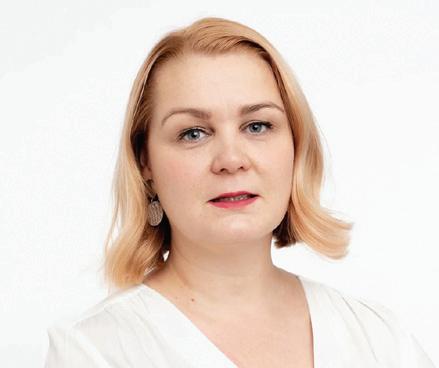
reefers on a barge because now you don’t need the extra space between them for all that manual humdrum. It is a clear gain, especially if you carry high-value goods in reefers, say pharmaceuticals or electronics.
Reefer Runner 5G is essentially a plug & play, on-the-move solution – you stick the tag and get all the data via a digital platform. As such, it’s also very mobile & flexible for an owner of a relatively small reefer fleet. With the traditional version, suitable for operations counted in hundreds and thousands of reefers, there also comes the reader infrastructure in the yard, plus it typically runs on the customer server (on the premises or in the cloud). It has extended functionality, too, such as integration with a terminal operating system (TOS). This is especially handy when dealing with reefers: the system will automatically notify the terminal operator that a container arrived but wasn’t plugged into the grid.
Terminal Tracker and Asset Agent provide other examples of operational gains. The latter, up to date used by the car & tyre manufacturing industries, has recently seen its spin-off into the port business (and vehicle depots). Take, for instance, Zeebrugge, the world’s biggest seaport for handling new cars, some three million of them per year. These are driven to the yard according to the placement plan – and everybody trusts nothing will go wrong in this process; otherwise, you’ll be looking for a needle in a haystack. Or, more precisely, a white roof in a sea of equally white roofs... Asset Agent Lite gives you a digital map of what’s where. The extended version comes with a tracker so that you know exactly where a particular vehicle is placed.
Terminal Tracker does pretty much the same for manual handling container equipment. A neat and polished layout from a TOS is one thing; MUDA interference is another (whatever the reason behind it). One badly positioned box can ruin
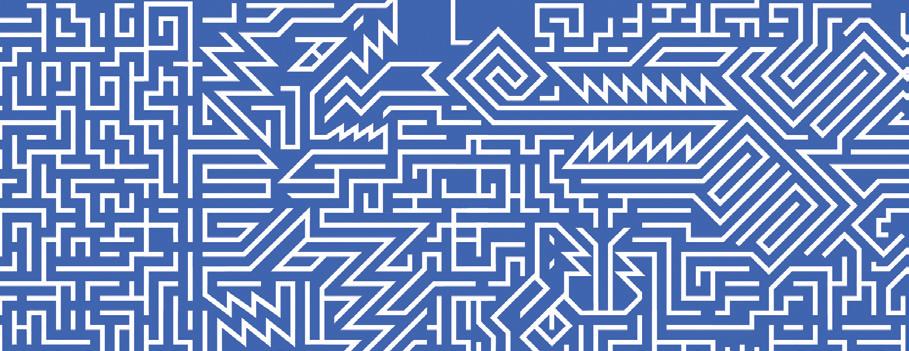
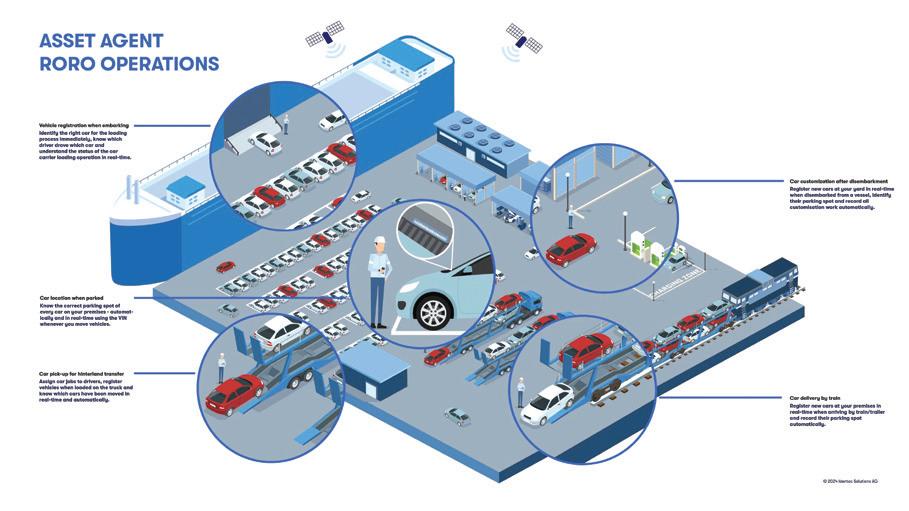
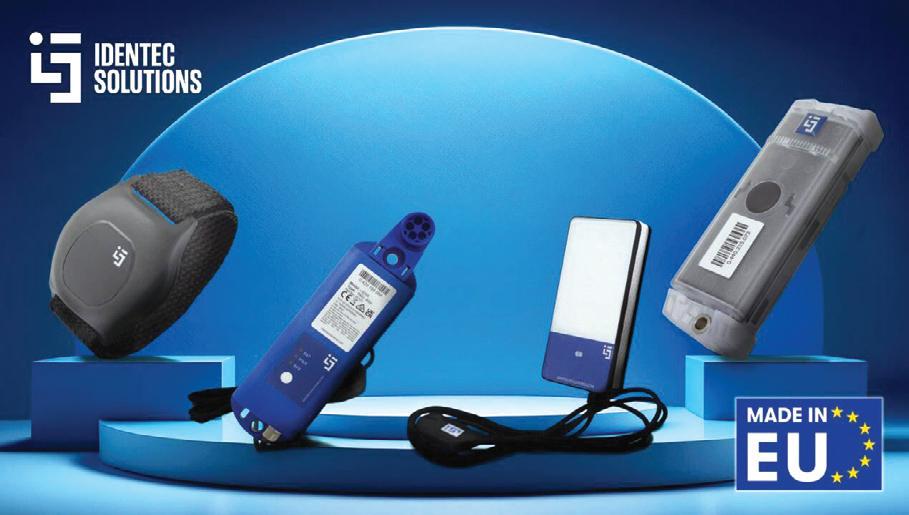
operations to the point that some containers just miss their ship (which also brings MUDA to the stowing arrangement, not to mention the shipper’s import/export plans). So, having container-handling machinery that is traceable and knowing what it does and where can spare you the headache. Even if a box is misplaced, you know its location, which saves a lot of time if you need to scramble to get it onboard a carrier. It also boosts safety. I remember one terminal that employed three people whose sole job was to physically find the missing
containers. It wasn’t only hard work (imagine sifting through a six-by-fiveby-thirty stack...) but, most of all, a hazardous one, with all the heavy-duty gear operating on the quay and yard. When talking with people out of the industry who nonetheless know what a twenty- or forty-foot container looks like, they are amazed that such big things get lost. But they do, amidst hundreds and thousands of their lookalikes. It is our job to either prevent that or find the right container slot before it’s too late.

Whereas full automation of the container terminal business is thinkable, the current lay of the land is that manual/semiautomated facilities will need this type of tracking solutions to level up their productivity & safety, especially across yards. Importantly, our solution is also cyber-secure. It is this every-cloud-hasa-silver-lining benefit of serving customers who had the unfortunate opportunity to get a taste of the cyber underworld, so they know the importance of being on the safe side of things – and demand it from their vendors; that, and the fact that IDENTEC carries out internal cyber training. Nobody wants to be ‘that’ person who trusts the Internet-meme prince that oh-so-happens to have millions of dollars to spare, just a click from it... We adhere to the standards, have the certificates, and will, as soon as possible, adapt to the 11 December 2027 incoming EU Cyber Resilience Act Regulation.
Your company has carried out projects all over the globe. How do you manage that, plus ensure your products fit different geographies and their sometimes more than demanding environments?
IDENTEC – though a relatively small, Austria-headquartered organisation – is a company over which the sun never sets! We have offices in Norway, America, Australia, etc. As such, the 24/7 service comes naturally to us; as always, this or that branch is working.
That said, one just cannot underestimate the value of predictive maintenance. Avoiding machine breakdown in the first place is – or should be – the gold standard. Yet, to make that possible, one needs hardware data. Luckily, there are customers willing to share those data sets to get a better handle on the wear & tear of their equipment – and to act proactively to prevent failure. Apart from that, reliable data is key to improving one’s operations. The more & better you know, the farther you can go, irrespective of whether your business is big or small.
As for IDENTECS’ own products, they have continuously withheld the harshest conditions that can be only found on rigs, in the mines, or in ports – Northern and Southern Hemispheres included. We are also looking forward to the Antarctica itself proving the robustness of our reefer gear!
Naturally, IDENTEC doesn’t only throw its products at customers – we’re here
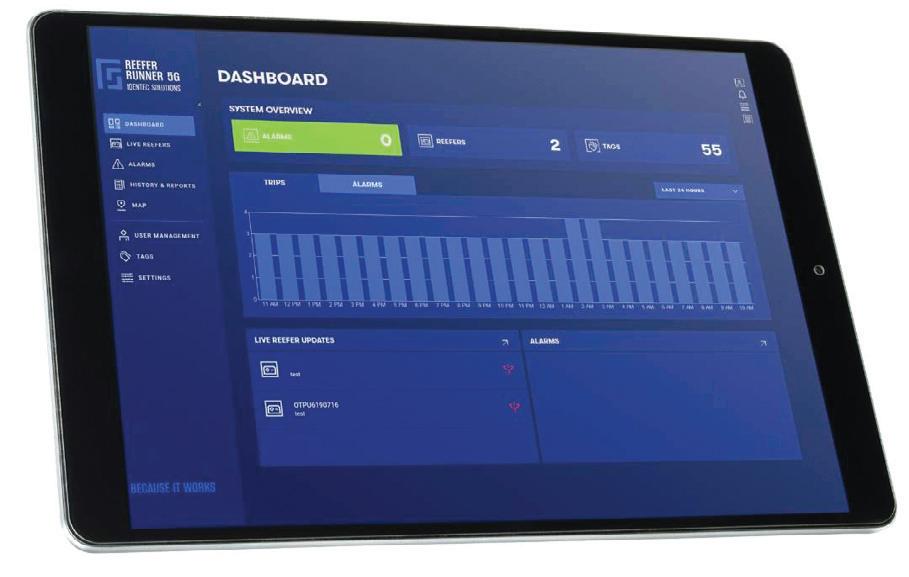
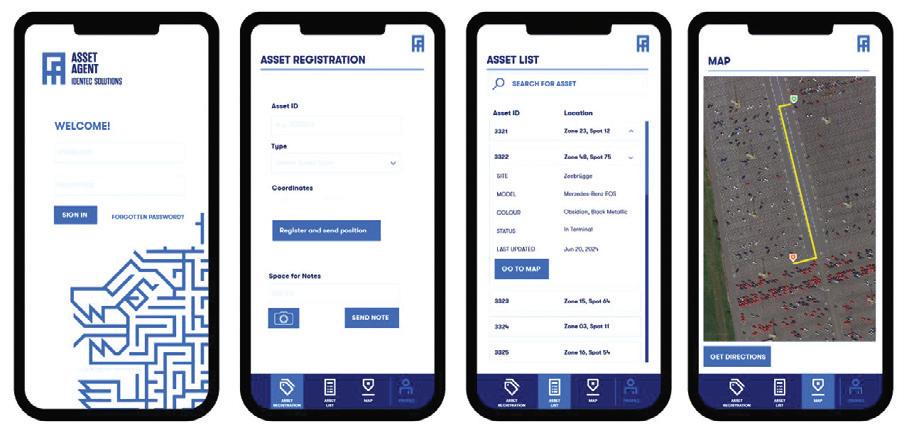
for them in their digitalisation journey. A lot depends on whether we’re dealing with a green- or a brownfield project. The former is easier, as you’re building from scratch. There is no change in tools and processes, so to say, as everything is fresh and, as such, has to be learned. The latter is more tricky since the personnel are accustomed to the ‘old way’ of doing things and need to retrain their minds & bodies to the new equipment. Change management culture certainly plays a role here. There are places where the manager will just drop the new solution on the staff, while in other areas, there will be a dialogue so the workforce will know in advance what they’ll have to embrace. That and pretty much everything else that falls in between this spectrum. That said, independently of where in the world your business is located, I believe that collaborating with the employees about what & how will change makes the transition smoother. Well-thought-out training
material and user-friendly apps for sure make it easier, too.
But the buy-in can be quite fast – people do really appreciate that they don’t have to run around the yard and check reefers anymore. That is even more beneficial to those terminals that don’t find themselves under the ceaseless clockwork of time. Knowing that all is okay with the reefers when there’s no one on the premises – so you don’t need anybody on the spot – is a clear bonus.
If you could instantly change something in the industry, what would it be?
I would like transport & logistics to have the courage to embrace new tech a little bit more. It is clear by now that the ‘big automation bang’ is behind us, and what the sector really needs are incremental upgrades, which all can do, not only the majors with state-like budgets and a throng of employees. The tree of technology is truly plentiful & democratic.

